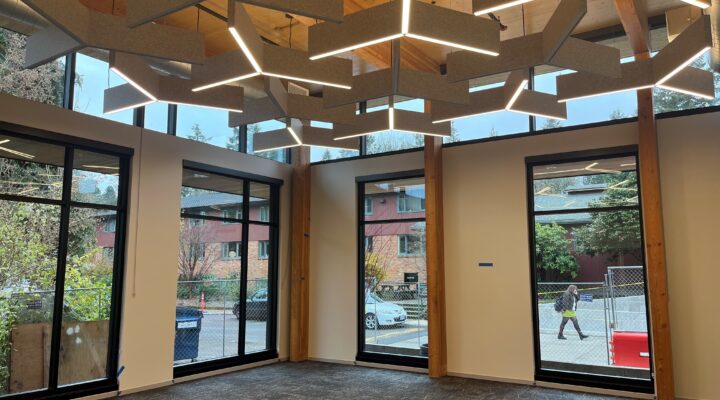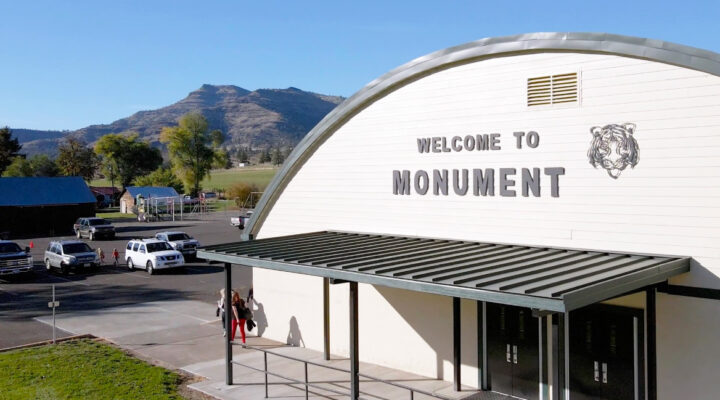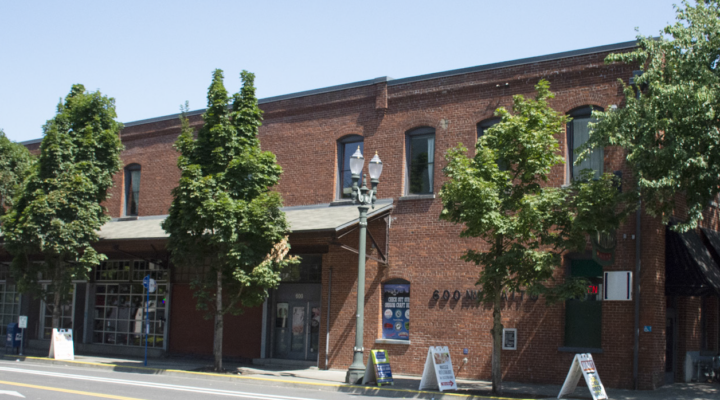Heating & cooling
Benefits of efficient HVAC approaches
-
Tenant satisfaction, retention, and recruitment
Enhance occupant comfort, control, and well-being, including through improved indoor air quality and zonal temperature control.
-
Reliable quality and performance
Feel confident in third-party-tested, high-efficiency solutions proven to perform in a variety of commercial building types in the Northwest.
-
Reduced energy costs and potential incentives
Save as much as 69% on a building’s HVAC energy use (when compared to a code-minimum version of existing equipment) and offset project costs with potential utility incentives.
-
Resilient to weather events and future performance standards
Protect your building from extreme weather events and ensure you’re meeting and exceeding future building performance standards and code requirements.
There’s no one-size-fits-all HVAC solution
Choosing the right HVAC design approach for your building depends on a variety of factors, including project goals, fuel type, and building characteristics. Explore the vetted and performance-tested solutions below to inform your next HVAC project and learn how above-code HVAC design benefits building owners, operators, and occupants.
Efficient rooftop units
Overview
Rooftop units (RTUs) supply heating and/or cooling to meet the thermal comfort requirements of commercial buildings. Inherently convenient, RTUs package heating, cooling and ventilation equipment together in a space that is accessible to technicians without taking up precious real estate. However, most RTUs are using much more energy than necessary. Efficient RTUs incorporate a combination of energy-saving features to reduce annual HVAC energy use by up to 40%.Very high efficiency DOAS
Overview
The next step in the ongoing evolution of HVAC design, very high efficiency DOAS uses the most efficient HVAC equipment and key design principles to provide cleaner and safer indoor air, enhance indoor comfort, and reduce commercial building HVAC energy use by an average of 69% (when compared to a code-minimum system).Case studies
Local radio station fine-tunes heating and cooling

Lewis & Clark student center blazes new trail to HVAC efficiency

New-school HVAC approach improves comfort and air quality for K-12 students

Legal firm objects to older building’s inefficiencies and discomfort
